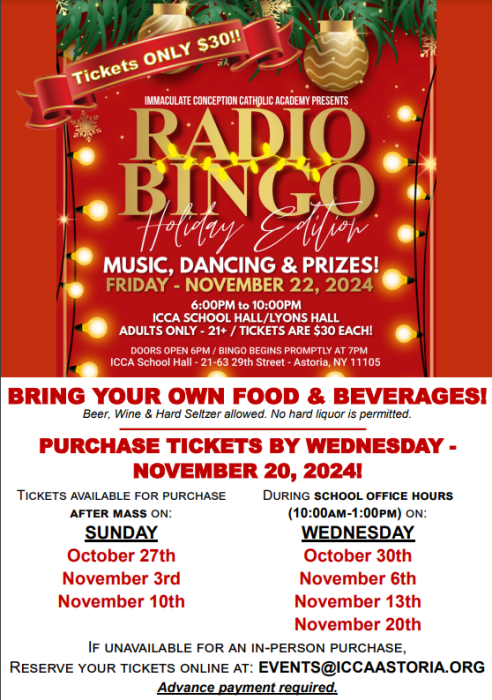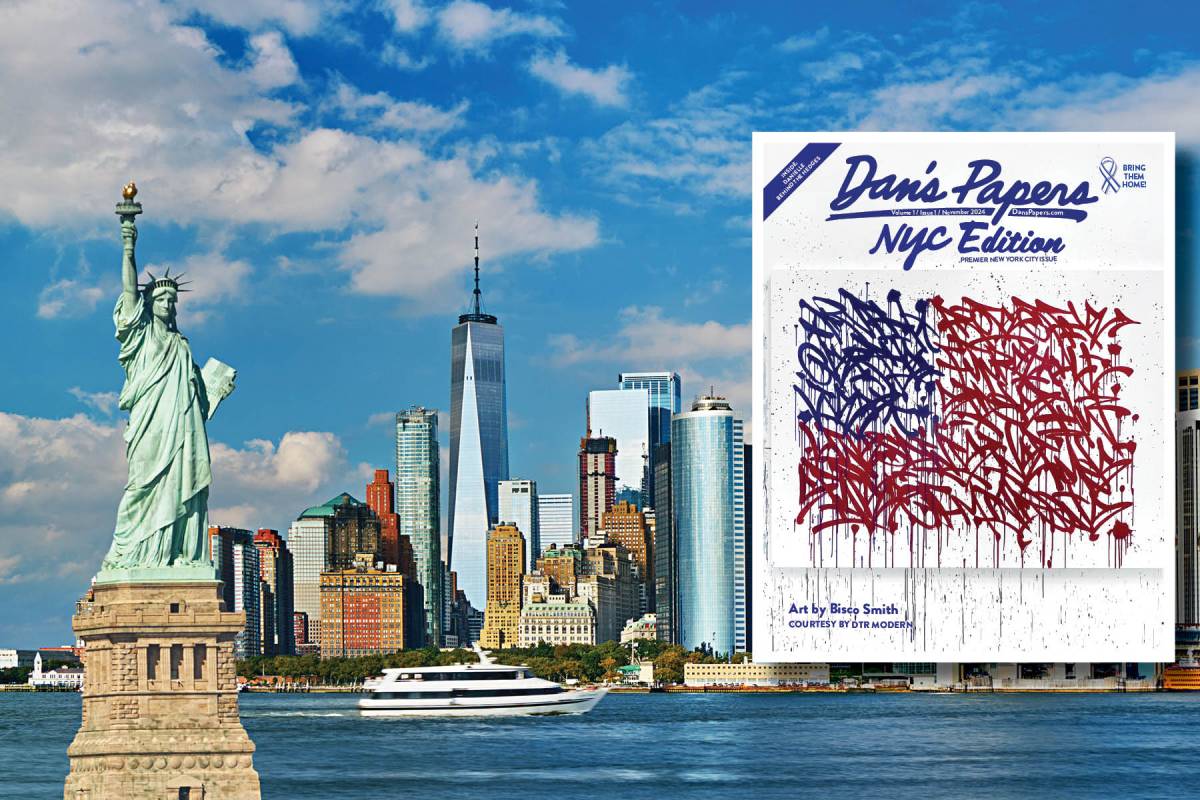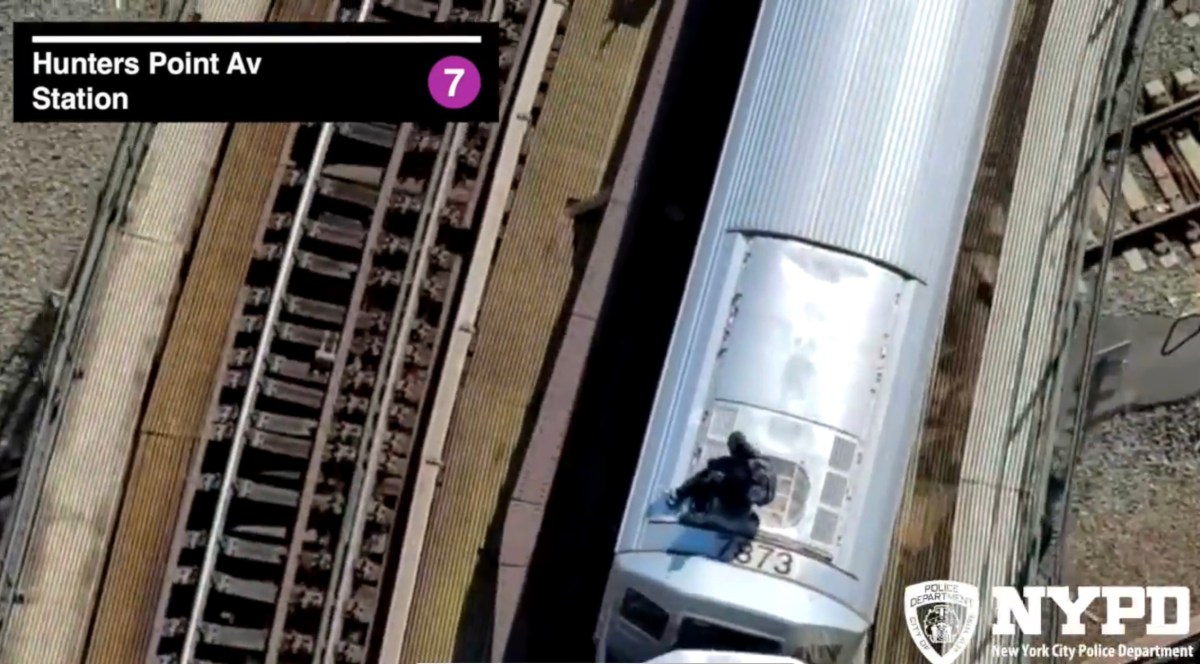By Barbara Morris
On an early April morning, if you go outside and take a deep breath, you will enjoy a cocktail of fragrances: flowering fruit trees, spring bulbs, violets and warming earth. Looking around carefully, you may be surprised at the number of live creatures. It is this time of year that new homes are being built not the McMansions that seem so out of place in many communities, but bird and squirrel nests that blend right into the landscape. They use recycled materials. A starling runs along with one or more pieces of dried grass extended from its beak. A squirrel gathers an assortment of papers, greens and small twigs. It is often that only after leaves fall that we can find where the nests were hidden while some new, young family grew up and took off on their own unless they shared my home or yours.
I was inspired to remind you about these wonders of nature after reading the December 2007 issue of the state Environmental Conservation Department's magazine New York State Conservationist, which I received at the Going Green in Queens event at Flushing Meadows Corona Park earlier this year. I stopped at the DEC table to visit Tom Panzone, a former park's outreach person, who now works for the DEC.
While chatting briefly, I noticed a stack of the Conservationist among other literature. I took one of each and found every one had something new and interesting. The beautiful Cedar Waxwing on the cover was an enticing introduction. The table of contents announced that “Searching for Green in Gotham” would tell us that the city's flora continues adapting. Right here in city parks and our backyards, we are afforded opportunities to study biodiversity changes. Idlewild Park, for example, is attempting to preserve and encourage the growth of some native plants.
When my family moved to Laurelton in 1929, frogs, grasshoppers, crickets, praying mantises, butterflies, dragonflies, fireflies, blue jays and house finches proliferated, as did the little yellow snapdragons, Queens Ann's lace and milkweed. Now, at least locally, they are rarely seen, if at all. Disappearances of plants and bugs, on which birds or beasts forage, will make those feathered or furry creatures change their locale as well. Overbuilding is their enemy.
In Chapter 2, “You Lookin' At Me?,” we learn that a whitetail buck deer's antlers are covered with fuzz, called “velvet,” as they grow. When the deer matures, the velvet is rubbed off on trees or bushes as the antlers harden off. This is a sign the buck is ready and willing to seek a mate and ready to “lock antlers” with competitors to get one.
In Chapter 3, we “Meet the Marten,” a small, alert, bright-eyed member of the weasel family which I sometimes saw while vacationing in the Adirondack Mountains years ago. After many unsuccessful evenings fishing, in fact, I was almost convinced the lake had been fished out. Nearby movement drew my attention to a small, brown animal scurrying down a large rock to the water's edge. Within seconds, there was a splash. The marten quickly scooped a large trout out of the lake, bit hard in the back of the thrashing trout's head and scampered up the trail into the woods.
Continuing the guide to animal activity, this issue of the Conservationist included a special issue for children. It featured ways to “Become a Winter Wildlife Detective” by not only looking for wildlife itself, but by following tracks and recognizing “The Scoop on Poop,” a guide on animal scat, listening for bird and animal calls and evidence of feeding on trees.
Chapter 4, “Less Waste, More Fulfilling,” gave specific tips to reduce holiday waste. One of the practical suggestions made would be welcome for any celebration: give experiences, not stuff. Celebrating something with a friend makes the event really special and memorable and needs no wrapping or gift exchange.
The fifth chapter, “Empire State Adventure,” encourages cross-country skiing not only as a way to see the countryside, but also to make us look forward to the cold weather and snow.
Chapter 6, “Still Counting After All These Years,” recounted the annual Christmas Bird Count, during which a small, dedicated group of people knowledgeable about bird varieties search the sky and bush to inventory as accurately as possible the number and location of birds. Visit www.audubon.org/bird/cbc or call 516-869-9731 for more information.
We also heard stories from conservation officers and forest rangers in the field and read letters from other nature adventurers. You are encouraged to enjoy nature more and write the Conservationist letters to: Conservationist, 625 Broadway, 2nd Floor, Albany, NY 12233-4502, or e-mail: magazine@gw.dec.state.ny.us.
While we still have nature, enjoy!



































